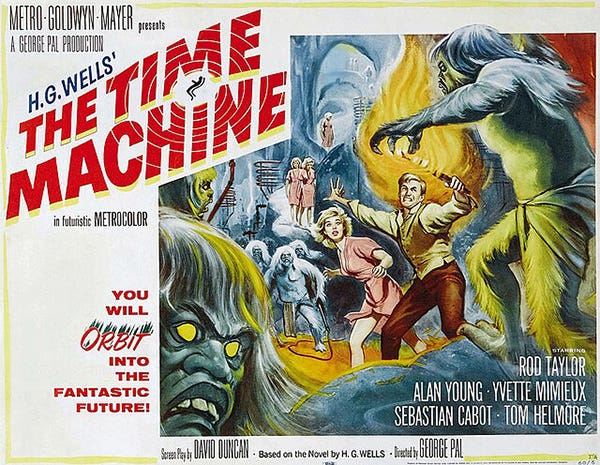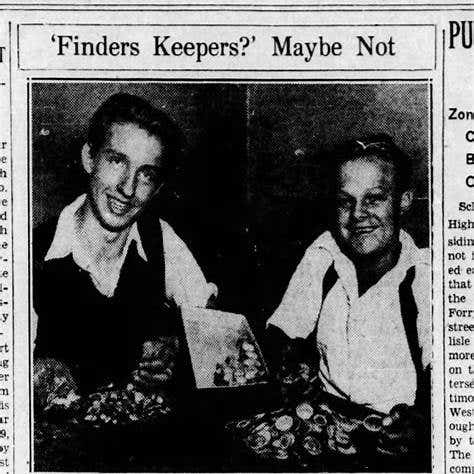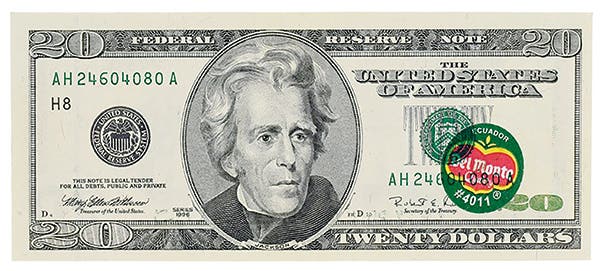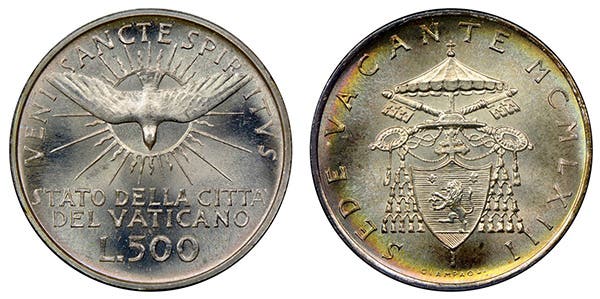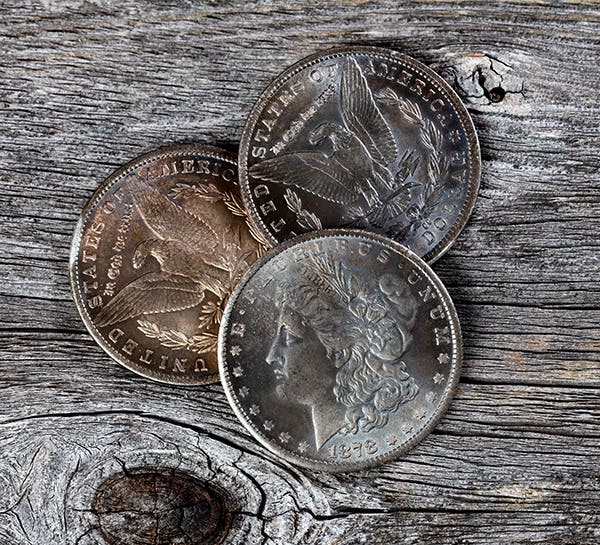Pay up for quality or ignore 1911-D $5
The Indian Head half eagle is a much tougher set than many realize, especially if the goal is assembling it in MS-65. In fact, such a high grade set might…
The Indian Head half eagle is a much tougher set than many realize, especially if the goal is assembling it in MS-65. In fact, such a high grade set might be impossible unless you have an unlimited budget. One of the dates that makes this so is the 1911-D.
Collecting gold $5 coins by date and mintmark is not cheap. Each coin has nearly a quarter ounce of gold in it.
For the 1911-D, the mintage of 72,500 has a greater bearing on value than gold content.
Even at the time of issue, collector gold was too expensive for most. There were a few intrepid collectors, of course, but not many. Even fewer would have been collecting the coins by both date and mintmark. In 1911, that would have meant that the Philadelphia coin, with its much higher mintage of over 900,000, would have been just fine.
Certainly the lack of saving at the time of issue would play a role in the current high price of the 1911-D gold $5. It is $8,500 in MS-60 and $200,000 in MS-65.
The Indian Head $5 has a very real problem when it comes to top grades. Because the design elements are incuse (recessed) the field is the highest part of the coin. This means that even normal stacking at a bank could produce friction on the fields, eliminating the coins from being MS-65 and higher.
The denomination also had an impact when it comes to available supplies. A huge number of gold coins in the market today were not saved by collectors. Rather, they were shipped out of the United States to foreign banks as payment for imports. These coins then sat in the vaults for many years. When U.S. coin dealers eventually found them, they were shipped home to the numismatic marketplace.
Unfortunately for lovers of gold $5s, foreign bank payments tended to be in the form of the very highest denomination, the gold $20. The lower denominations were much less often used. That meant there have been no large surprise supplies of 1911-D half eagles from Europe.
As a result, the total supply of the 1911-D $5 in all grades is basically the number saved by collectors and dealers prior to the Gold Recall Order of 1933. These numbers were extremely low.
This is proven when it comes to Mint State examples by the population report of the Professional Coin Grading Service. It shows that there isn’t a single coin that grades higher than MS-65 – and just one that makes -65.
PCGS has certified 37 as MS-61, 66 as MS-62, 35 as MS-63 and 18 as MS-64.
Those stacked coins have clearly taken a toll on the quality surviving today.
For the collector wanting to acquire the 1911-D, the possibilities are grim as the low population in the Mint State grades seem to fully justify the high prices.
The question becomes whether one should pay $900 for an example in VF-20. That is nearly triple melt value and as collectors become ever more conscious about top grades, coins in circulated grades are going to have rough going in future generations.
The 1911-D is probably a case of pay up for quality, or don’t buy anything at all. Disappointing? Sure.
This article was originally printed in Numismatic News.
>> Subscribe today or get your >> Digital Subscription
More Collecting Resources
• Subscribe to our monthly Coins magazine - a great resource for any collector!
• Are you a U.S. coin collector? Check out the 2017 U.S. Coin Digest for the most recent coin prices.



